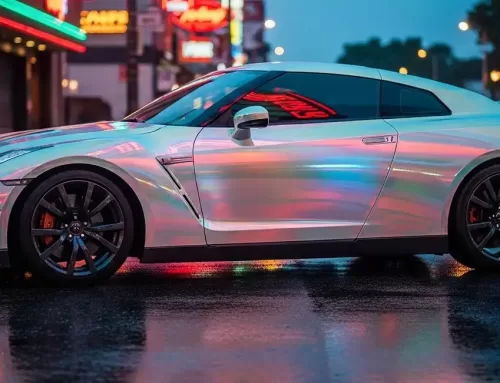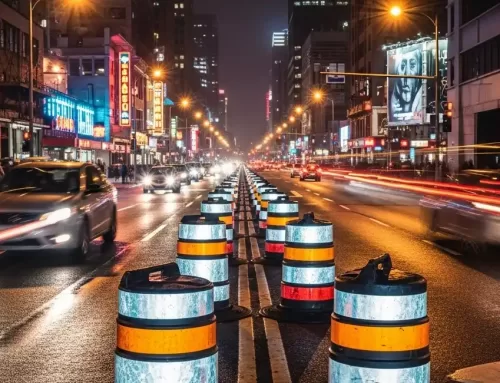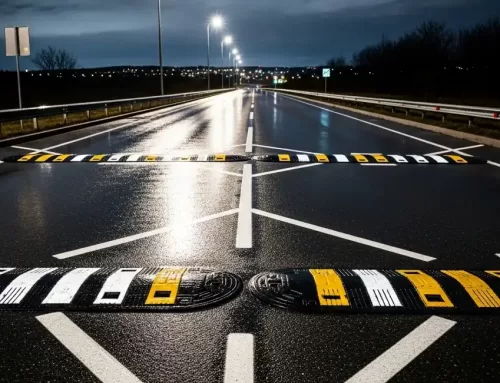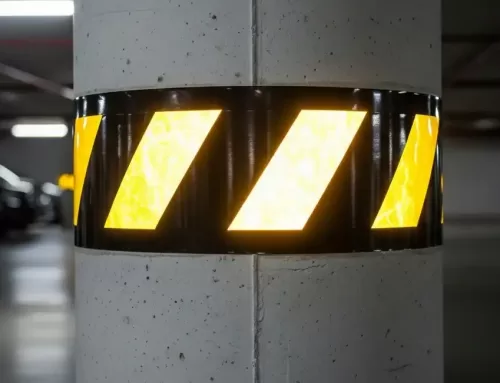Do you know the functions of road traffic reflective film?
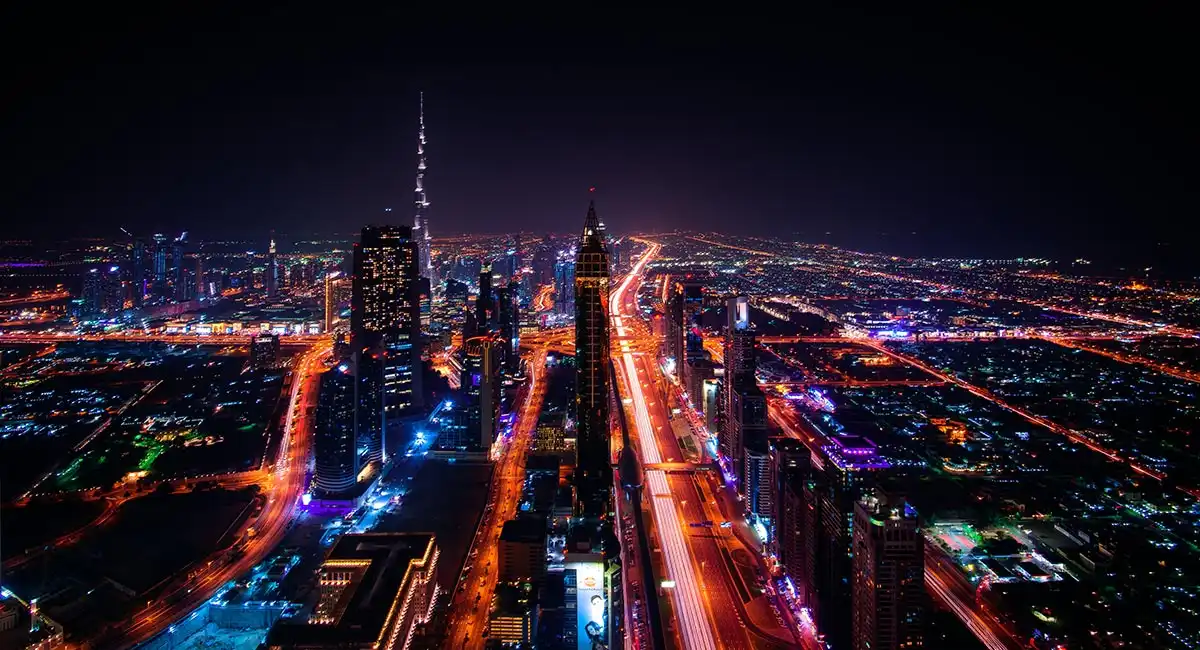
There is a reflective film on the surface of the reflective sign. When it encounters direct light at night, it will reflect the light and display the content of the sign in front of the driver.It is the reflective film that makes the traffic signs reflect the light. With the rapid development of the technologies used in reflective sheeting fields,the super-strong road traffic reflective film currently available on the market can be divided into six grades, namely diamond grade, super strong grade, high strength grade, engineering project grade, advertising grade and license plate grade.Different types of fileds need related refelctive sheeting.However ,the refelctive film told above can all be utilzied in the production of luminous signboards.
What is the purpose of reflective signs?
1. Warning function.
When designing the reflective signs, people will use bright colors to make reflective films for domestic road traffic. There is a reason why people do that deed. Because from the perspective of visual effects, the brighter the colors is , the clearer people will lay emphasis on the roads. Therefore,it is the brigt color that helps people get the warnings of the roads,which can also reduce the traffic accidents to some extent.
2. Improving the level of identification
When people drive in night, they will note that not all roads have signs that have the function of reflection, especially in the ofen -driving roads.In order to have the same warning effect, reflective signs use the reflective principle of three types of road traffic reflective film. That is to say, it can reflect the vehicle lights directly shining on the sign so that the content on the sign can be seen even at night, and you can ensure your safe driving according to the content of the sign.
3. Guiding the road
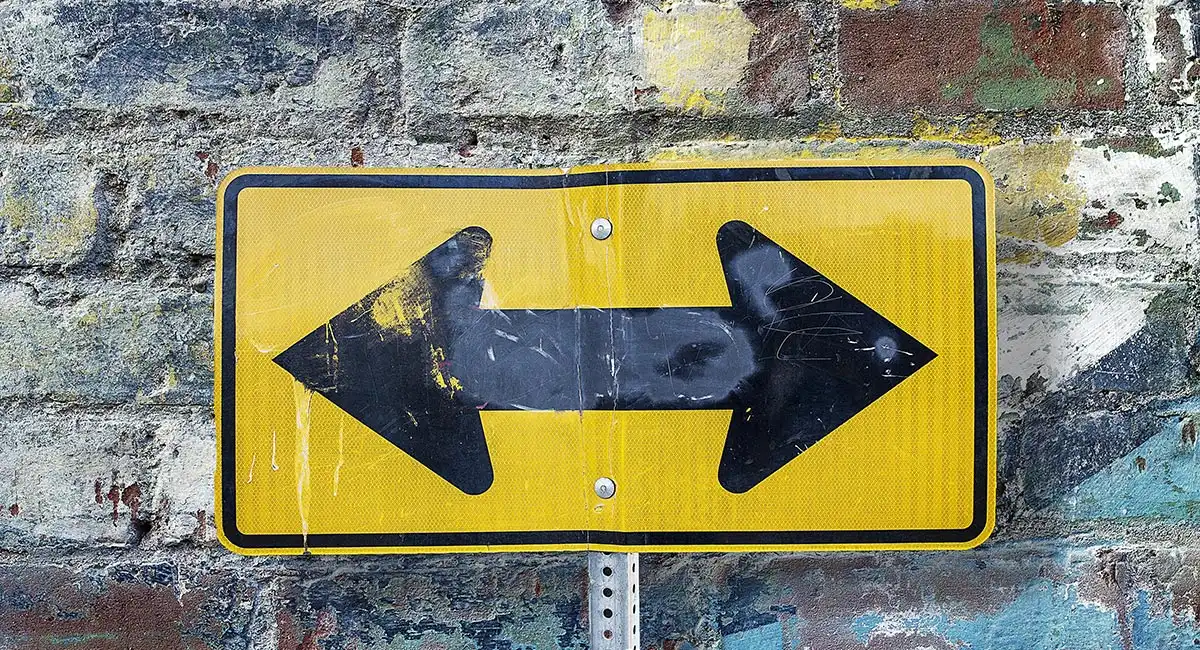
Traffic sign for guiding road
The basic application of reflective signs with strong effects of reflection is to mark the roads so that the drivers can get a strong signal from them. In short, its basic function is to guide passing drivers on the road, understand the road conditions ahead, and make accurate driving judgments.
Different colors in road traffic reflective film
In our daily lives, we can see the red yellow, and green colors in the traffic reflective sheeting. There are many colors of engineering-grade road traffic reflective film. Let’s take a look at them below.
The colors of reflective sheeting:
At least ten colors including white, blue, green, yellow, red, brown, black, orange, fluorescent yellow-green, fluorescent orange, etc. Except for specially customized colors, each color of reflective film has a fixed usage area in the application of traffic signs and must comply with the color coordinates in the national standard file.
(1)White reflective sheeting: The main applications are the words content in the traffic signs and the prohibition signs with white backgrounds;, such as, no drunk driving, no speeding, no entry, etc.
(2)Blue reflective sheeting: Applied to base films of traffic signs, national and provincial highways, township and county roads, etc.
(3)Green reflective vinyl: It is mainly used for the base film of highway traffic signs with white reflective film. In addition, green high-quality road traffic reflective film is also used as the base in areas, like highway entrances.
(4)Yellow reflective film: It is mainly used in warning signs, for instance, warning signs
(5)Red retro-reflective film: It is not used as a base film, generally used with white ground film as a speed limit sign; commonly used is a white base film, red reflective film as a circle, and black reflective film as text content to indicate speed limit.
EXCERPT:
The traffic signs are the main equipment to mark roads and control the traffic. Therefore, whether in the day or night, they always have great effects. However, people also spare no time enhancing the possibility of better reflection effects. So, it requires this road traffic reflective sheeting has a great retro-reflective index and saturation performance as well as good wide-angle lens performance.
